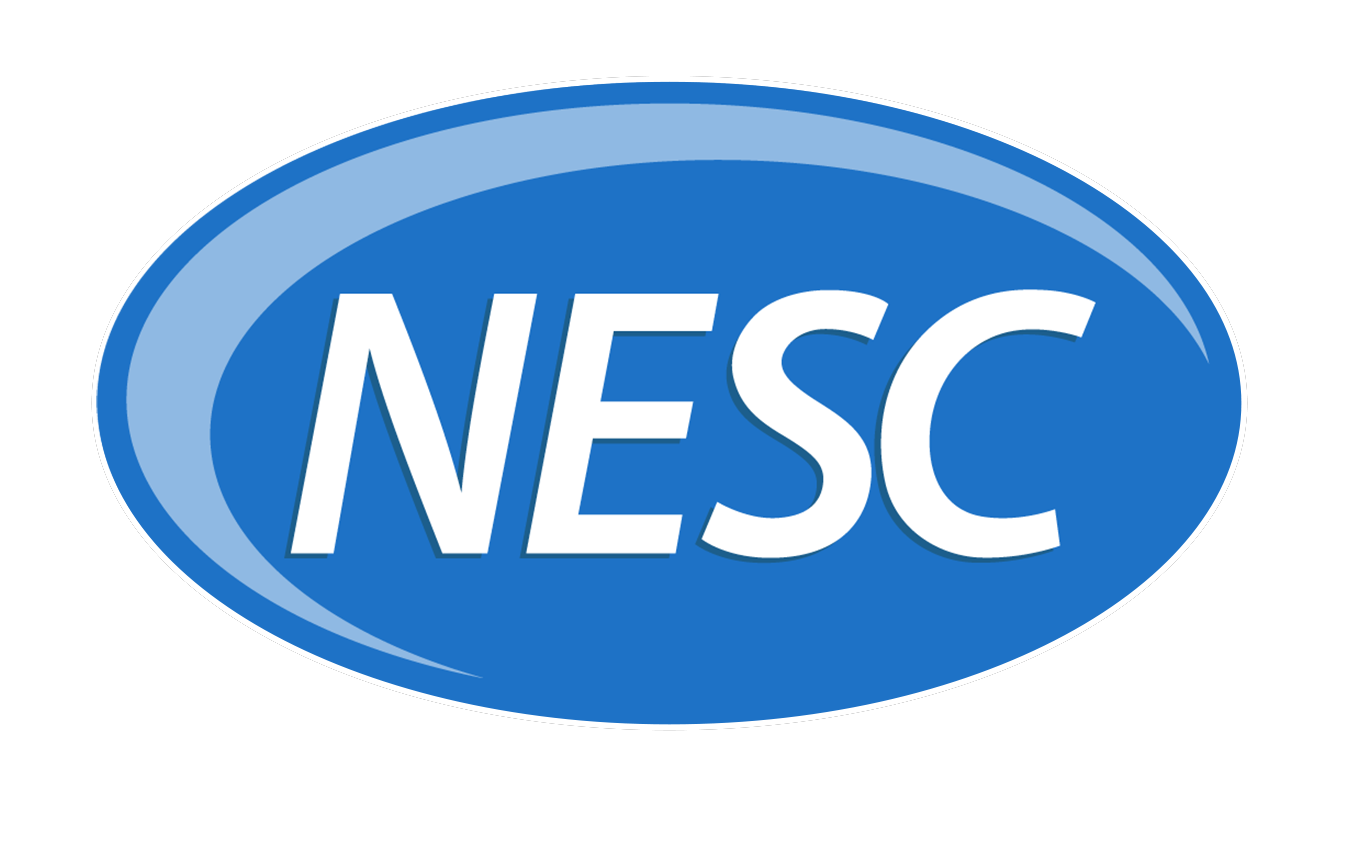A functional board of directors is critical to the success of any nonprofit organization. A functional board is one that provides effective governance, support, and oversight to the organization’s operations, programs, and strategic planning. To ensure that a board is functioning properly, it is essential to conduct regular assessments of its performance. In this blog post, we will discuss the nonprofit functional board of directors assessment process and highlight some resources that can help you with this process.
Step 1: Define the purpose of the assessment
Before you begin the assessment process, it is essential to define the purpose of the assessment. You need to ask yourself why you are conducting the assessment and what you hope to achieve from it. For example, you might want to assess the board’s performance to identify areas for improvement or to evaluate the board’s ability to meet the organization’s goals and objectives.
Step 2: Choose an assessment tool
There are many assessment tools available to evaluate a board’s performance. Some of these tools are free, while others require payment. Some examples of assessment tools are:
- BoardSource’s Board Self-Assessment Questionnaire
- the Governance Coach’s Board Assessment Tool
- the National Council of Nonprofits’ Board Self-Assessment Tool
Step 3: Gather information
The next step in the assessment process is to gather information about the board’s performance. You can collect information through surveys, interviews, and focus groups. You should also review the board’s bylaws, policies, and procedures to ensure that they are up-to-date and that they support effective governance.
Step 4: Analyze the data
Once you have gathered the data, you need to analyze it to identify patterns and trends. You should also look for strengths and weaknesses in the board’s performance. You can use this information to develop recommendations for improvement.
Step 5: Develop a plan for improvement
Based on the data analysis, you should develop a plan for improvement. The plan should include specific recommendations for addressing weaknesses and building on strengths. It should also include a timeline for implementing the recommendations and a system for tracking progress.
Resources:
BoardSource’s Board Self-Assessment Questionnaire: https://boardsource.org/resources/board-self-assessment-questionnaire/
The Governance Coach’s Board Assessment Tool: https://www.governancecoach.com/services/board-assessment/
The National Council of Nonprofits’ Board Self-Assessment Tool: https://www.councilofnonprofits.org/tools-resources/board-self-assessment-tool
In conclusion, assessing a nonprofit board’s performance is essential to ensure effective governance, support, and oversight. By following the above steps and utilizing the available assessment tools, you can conduct a thorough and meaningful assessment that identifies areas for improvement and helps your board function more effectively.
ChatGPT Mar 23 Version. Free Research Preview. ChatGPT may produce inaccurate information about people, places, or facts.
